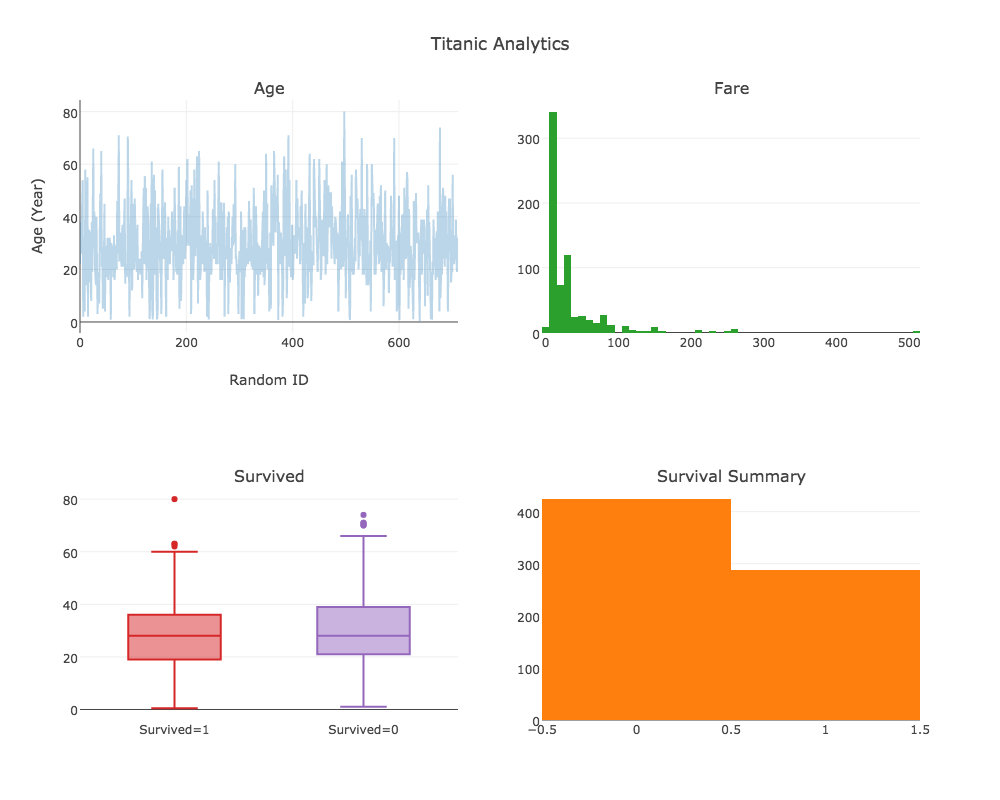

The class variable of the mpg dataset classifies cars into groups such as compact, midsize, and SUV. One way to test this hypothesis is to look at the class value for each car. Let’s hypothesize that the cars are hybrids. ggplot2 looks for the mapped variables in the data argument, in this case, mpg. The mapping argument is always paired with aes(), and the x and y arguments of aes() specify which variables to map to the x and y axes. This defines how variables in your dataset are mapped to visual properties. You’ll learn a whole bunch of them throughout this chapter.Įach geom function in ggplot2 takes a mapping argument. ggplot2 comes with many geom functions that each add a different type of layer to a plot. The function geom_point() adds a layer of points to your plot, which creates a scatterplot. You complete your graph by adding one or more layers to ggplot(). So ggplot(data = mpg) creates an empty graph, but it’s not very interesting so I’m not going to show it here. The first argument of ggplot() is the dataset to use in the graph. ggplot() creates a coordinate system that you can add layers to. With ggplot2, you begin a plot with the function ggplot(). Does this confirm or refute your hypothesis about fuel efficiency and engine size? In other words, cars with big engines use more fuel. The function can be a bit confusing at first, so I think it’s best to start with an example.The plot shows a negative relationship between engine size ( displ) and fuel efficiency ( hwy). Unlike par(mfrow), layout is not a plotting parameter, rather it is a function all on its own. In order to arrange plots in different sized plotting spaces, you need to use the layout() function. While par(mfrow) allows you to create matrices of plots, it does not allow you to create plots of different sizes. R will plot the first plot in the entries of the matrix with 1, the second plot in the entries with 2,…Ī vector of values for the widths of the columns of the plotting space.Ī vector of values for the heights of the rows of the plotting space. Each value in the matrix must be 0 or a positive integer. 18.5 Chapter 8: Matrices and Dataframesġ2.3.1 Complex plot layouts with layout() ArgumentĪ matrix indicating the location of the next N figures in the global plotting space.18.4 Chapter 7: Indexing vectors with.17.4 Loops over multiple indices with a design matrix.17.3 Updating a container object with a loop.17.2 Creating multiple plots with a loop.17.1.2 Adding the integers from 1 to 100.16.4.4 Storing and loading your functions to and from a function file with source().16.4.2 Using stop() to completely stop a function and print an error.16.3 Using if, then statements in functions.16.2.3 Including default values for arguments.

16.2 The structure of a custom function.16.1 Why would you want to write your own function?.15.5.2 Transforming skewed variables prior to standard regression.15.5.1 Adding a regression line to a plot.15.5 Logistic regression with glm(family = "binomial".15.4 Regression on non-Normal data with glm().15.3 Comparing regression models with anova().15.2.6 Getting an ANOVA from a regression model with aov().15.2.5 Center variables before computing interactions!.15.2.4 Including interactions in models: y ~ x1 * x2.15.2.3 Using predict() to predict new data from a model.15.2.2 Getting model fits with fitted.values.15.2.1 Estimating the value of diamonds with lm().14.7 Repeated measures ANOVA using the lme4 package.14.6 Getting additional information from ANOVA objects.14.5 Type I, Type II, and Type III ANOVAs.14.1 Full-factorial between-subjects ANOVA.13.5.1 Getting APA-style conclusions with the apa function.13.1 A short introduction to hypothesis tests.12.3.1 Complex plot layouts with layout().12.3 Arranging plots with par(mfrow) and layout().11.10 Test your R might! Purdy pictures.11.8 Saving plots to a file with pdf(), jpeg() and png().11.7.5 Combining text and numbers with paste().10.6 Test your R might!: Mmmmm…caffeine.9.6.3 Reading files directly from a web URL.9.1.1 Why object and file management is so important.8.7 Test your R might! Pirates and superheroes.7.3.1 Ex: Fixing invalid responses to a Happiness survey.7.2.2 Counts and percentages from logical vectors.6.2.3 Sample statistics from random samples.6.2.2 Additional numeric vector functions.4.4.4 Example: Pirates of The Caribbean.
#SUBPLOT IN R CODE#

4.3 A brief style guide: Commenting and spacing.



 0 kommentar(er)
0 kommentar(er)
